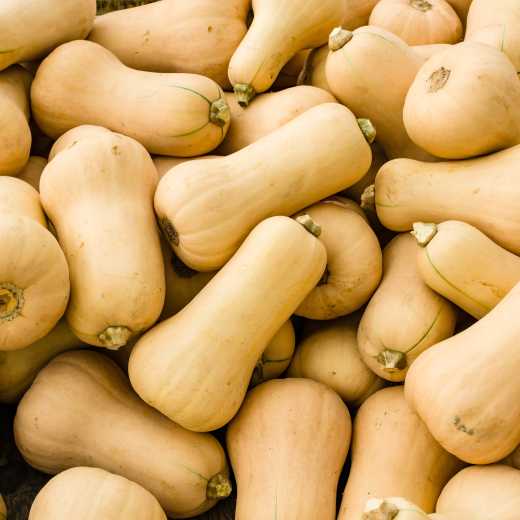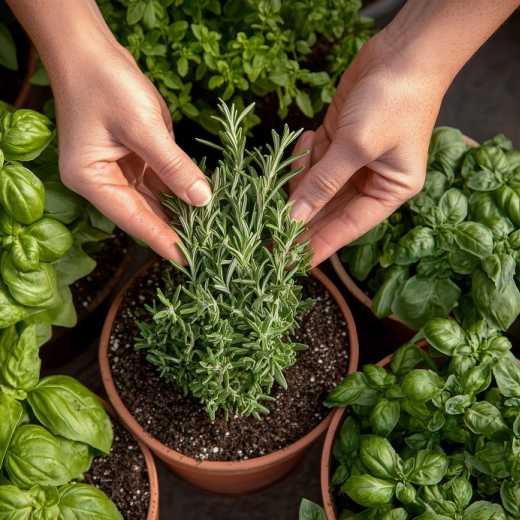Growing Luffa
A long time ago, a fellow seed saver sent me luffa seeds (Luffa aegyptiaca). Although I had been interested in growing luffa for a long time, for some reason I just never got to it. Then it occurred to me that if I don’t sow these seeds, they may no longer be viable.
Last April, I sowed the seeds indoors under lights, much like starting tomatoes. Despite being old, the seeds germinated quickly. I transferred the seedlings into larger containers and moved them outside in May after our last frost. After they hardened off, I planted them in the ground in my Northern Virginia garden in several places: a low, wooden fence, a metal A frame, and a trellis.
A member of the cucumber family, a luffa is a vining plant, grown much like cucumbers. They need to climb up a structure, and they need full sun and plenty of soil moisture. However, unlike cucumbers, my luffas did not have diseases or pest issues. They are easier to grow and can be eaten if the fruit are young. I did not eat mine though, I grew mine for the sponges.
In the summer, they bloomed yellow flowers, about 3 inches wide. The bees loved them, which is good because you need the bees to pollinate the flowers in order to get the fruit. Like summer squash, there are male and female flowers. After pollination occurs, little green fruit will appear behind the female flowers.
Luffas take 90 to 120 days to mature. As the summer progressed, they bloomed, they grew, and they did just fine in the garden. I could tell they needed constant soil moisture. When it was dry, I watered with a hose.
By November, I had several long, green “fruit.” Despite several frosts, the fruits were still quite green although the vines were dying, and the foliage was unsightly.
Luffas should be picked when the skin is yellow or brown, and the fruit is lightweight and “gives” if you lightly squeeze it. Cut it off the vine with about 2 inches of vine. Let it dry further (bring in inside the home where it is dryer and warmer than outside). Remove the skin and remove the seeds. If it hard to remove the skin, soak in warm water for about 20 minutes. Save the seeds for next year.
With homegrown luffas, the interior part is not white like store-bought luffas which are bleached. I did not bleach mine, but they can be bleach by soaking in a solution of 1 part bleach to 10 parts water for about 20 to 30 minutes.
I grew mine for the “sponge” which is the interior fibrous structure. This structure is stiff when dry but soft and flexible when wet. The sponge makes an excellent scrubber for pots and barbeque grills, as well as for exfoliating the skin.
If used for exfoliating in the shower, make sure it is allowed to dry between showers, so it does not harbor bacteria or mold. Tie a string on one end and allow it to hang for air circulation outside of the shower stall.
Luffas can be put in the dishwasher or boiled in water to clean them. If they are no longer useable, they can be discarded in the compost pile.
I intend to use mine in the shower and for scrubbing pots, especially the terra cotta pots that get the white salts on them. Janice Cox’s book on Beautiful Luffa has lots of interesting bath and beauty items to make with luffa as well as ways to use the leaves and vine juice.
I was able to harvest several luffas last year. Another great thing about growing luffa is that you can save many seeds to sow again or swap seeds with fellow gardeners. Luffas also are great plants for children to try, easy to grow, unique and useful. Try growing luffas next year!

 Member Login
Member Login






